People
Life goes on, what can you do about it? A designer asks after escaping from Ukraine
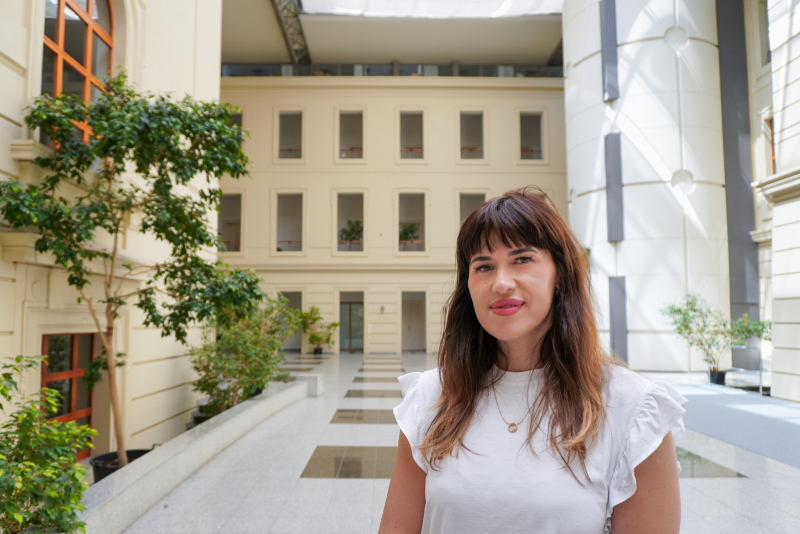
Tetyana Nikolayeva taught at the Kiev University of Technology and Design. She lived in Kiev with her family and dachshund, growing orchids and attending fashion shows. Everything changed at the end of February this year, when bombs started falling on Kiev. Not only her lifelong work in the field of historical costumes, but also part of her family and real home remained in Ukraine. She has found a temporary refuge with her loved ones in Brno and will be able to continue her work at the BUT (Brno University of Technology), where she is organising a summer school of design at the Faculty of Fine Arts in August.
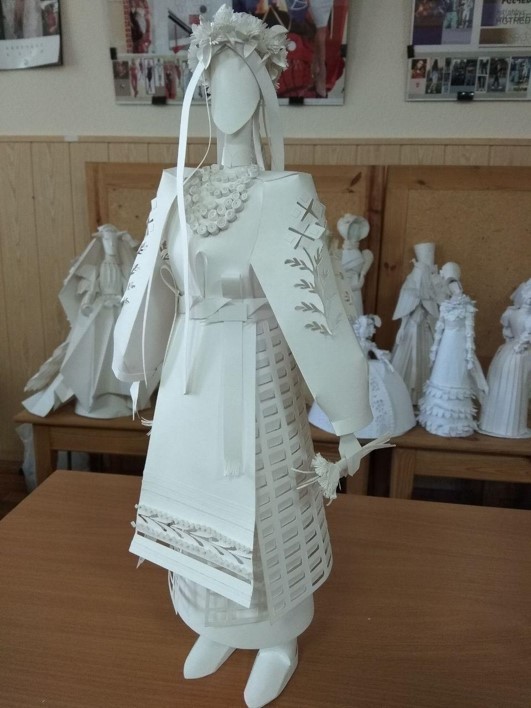
This is part of a course I am preparing for my students at Kyiv National University of Technology and Design. Unfortunately I had to leave Kiev, but I'm still trying to learn at least a little bit online. First, we will focus on a thorough study of historical and national costumes. We are primarily concerned with the study of constructions. This is where we turn to literature, unfortunately there is not so much to be found in libraries. We will look at clothing from antiquity and move on, but students can choose where they stop and what they want to work on. I would like to focus on Ukrainian clothing.
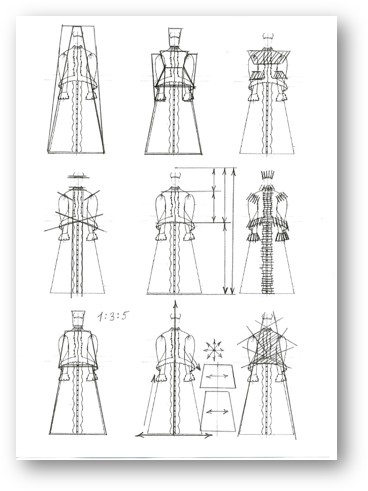
Creating a 3D model from paper is quite difficult and we will have to go step by step with the students. So first they will have a structural analysis, they will have a good look at the plasticity of the garments. In order to get the proportions of the maquette right, we need to examine the model thoroughly. Moreover, photographs are only a thing of modern times, so we will be guided by the fresco, for example. We'll have to figure out what the costume looks like from the back. Not by themselves, but by how costumes were typically made at the time.
Why paper?
Architects also work with paper when they make their models, so it makes sense. For us designers, it is more challenging to create the plasticity of the material with it. So students will have to figure out what methods to use to create it. We can fold the paper, but there are also methods that can stretch it even further. It will be up to them to figure out what they need to create a miniature of the costume they have chosen. It's very precise work. When we try to stretch the paper, we use thin paper, which is more flexible. For folding, a thicker one, which can be cut into, is fine.
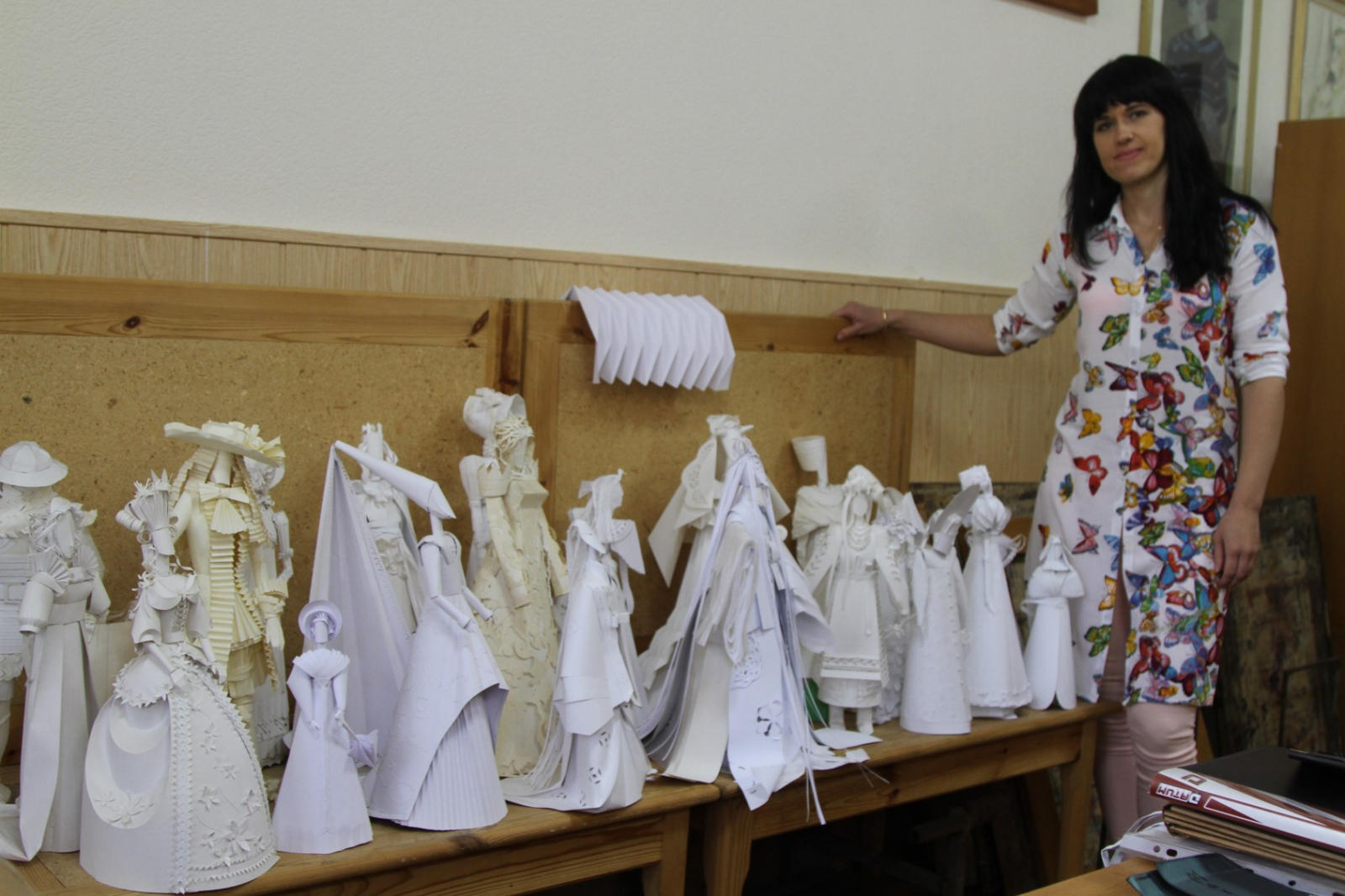
What distinguishes a Ukrainian national costume or dress?
Typical is the lower blouse vyshyvanka, worn in various forms by almost all Slavs. It is richly decorated with embroidery, which varies by region. Ukraine is very large, so embroidery varies in the east and west of the country. Traditional Ukrainian wear is not only clothing, but also has a symbolic meaning that says a lot about the people who wear it. Some of the emblems are similar to the clothing worn by the Byzantines or Scythians. In Ukraine, there used to be many other items of clothing such as kerset, litnyk, svyta, sharafan, zhupan, krayka, yupka, ochipok or plachta. Today, however, most of them are no longer worn.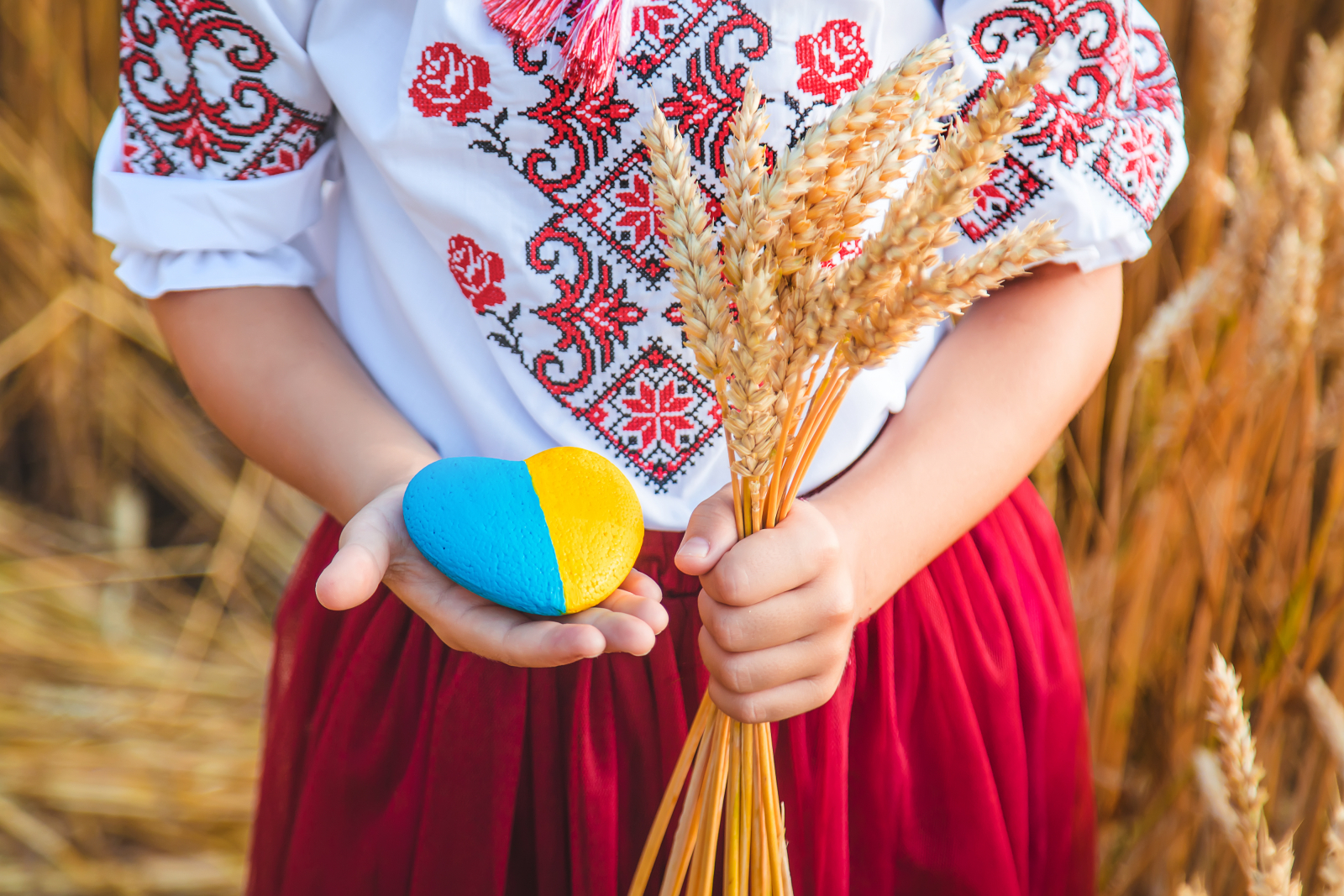
EMPTY SHOPS, CLOSED BRIDGES, WAR IN THE SUBURBS
Speaking of Ukraine – how did you get from the Kiev University to Brno?
Because of the war. We stayed in Kiev for some time, but it was very stressful because of the bombing. Finally, my family and I decided that we had to leave the country, that was at the beginning of March. We had to leave our dog, a dachshund, who is ten years old, with relatives. We miss him very much. Unfortunately, it was so chaotic outside that he might not have survived the journey.
If you don't mind reminiscing, what were the early days of the war like for you?
We lived on the left bank of the Dnieper and needed to get to the train station on the other side. But at the beginning of March the whole town was closed because the soldiers were very close. You've probably heard the names – Irpin, Bucha – that's where the fighting was then, and it was very close. There were empty shelves in the shops, we had no food or water. It was terrible in every way. We could go out from eight to four and during that time we had to get food and medicine. So we needed to get to the other bank, but the metro and other transport was not working, the bridges were closed. Eventually, we managed to find a volunteer to transport people. We had to stay at my aunt's for a few days before we could get train tickets. That took us to Lviv and then by car to the border. There was a huge traffic jam and we couldn't go any further, so we had to walk ten kilometres. Temperatures were around zero the whole time.
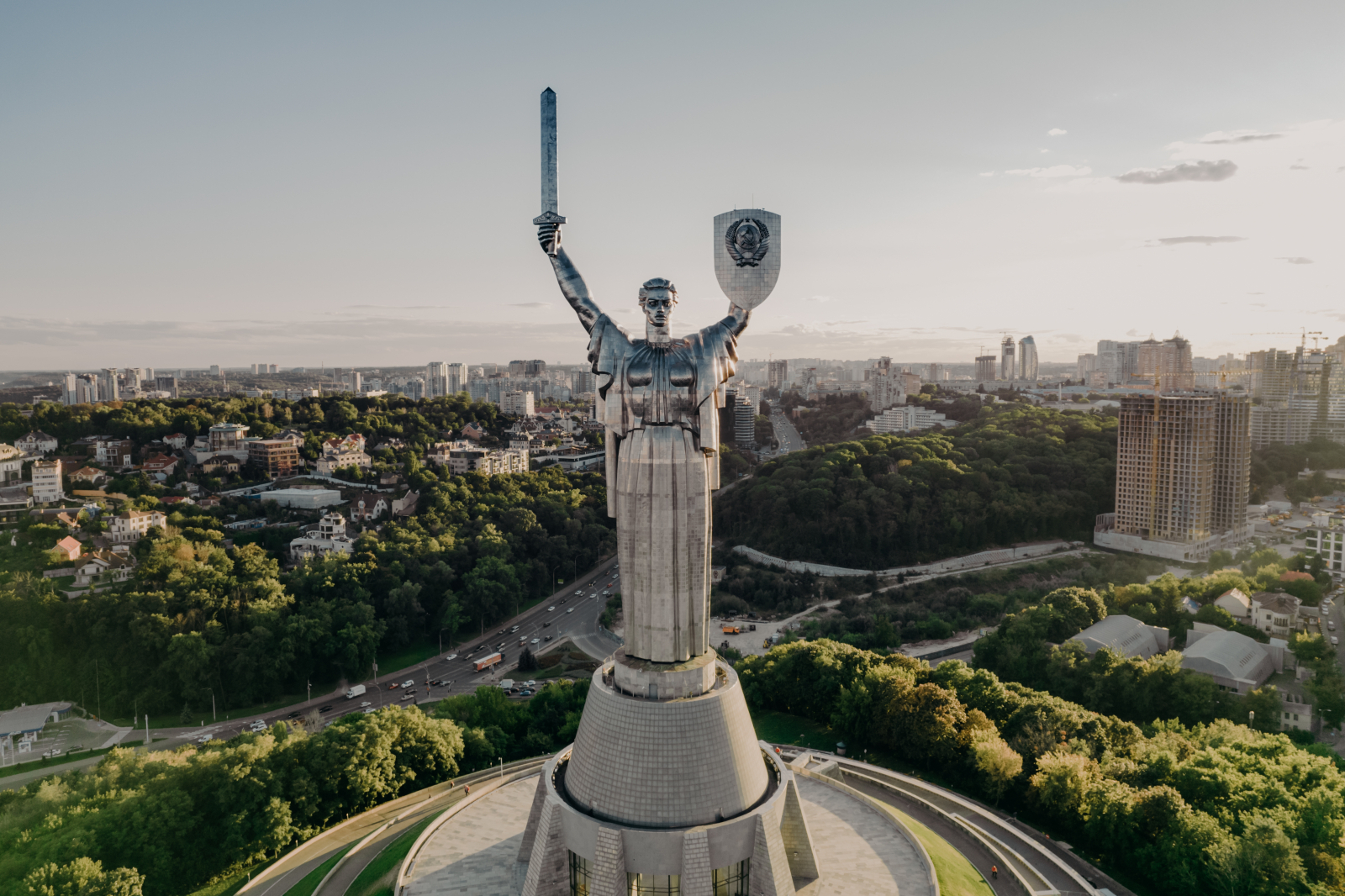
I'm so sorry you had to go through that experience.
Five of us left, my family and my mom. We didn't have a car and the journey finally took us a week and a half. When we arrived in Poland, we each bought at least one extra pair of shoes, because we left with only the essentials. Thanks to the help of people in Poland and the Czech Republic, we managed to arrive in Brno and find a place to live. My husband's relatives live in Brno and they helped us with our arrival. Many people in the Czech Republic have also helped us with finding a job and with everyday life in general. The Ivanyi family welcomed us as if we were their own and for that we will be forever grateful.
I don't think most of us can imagine such a thing.
You know, it's almost like a joke. Every time I cleaned my house and dusted all the little things, I complained that maybe I would rather have just one room but without unnecessary things. And now I'm just thinking, see, you made it happen. I remember all my vases and orchids and I miss them. A lot of people have everything and don't appreciate it. Yet some people don't even have their homes anymore.
(tk)